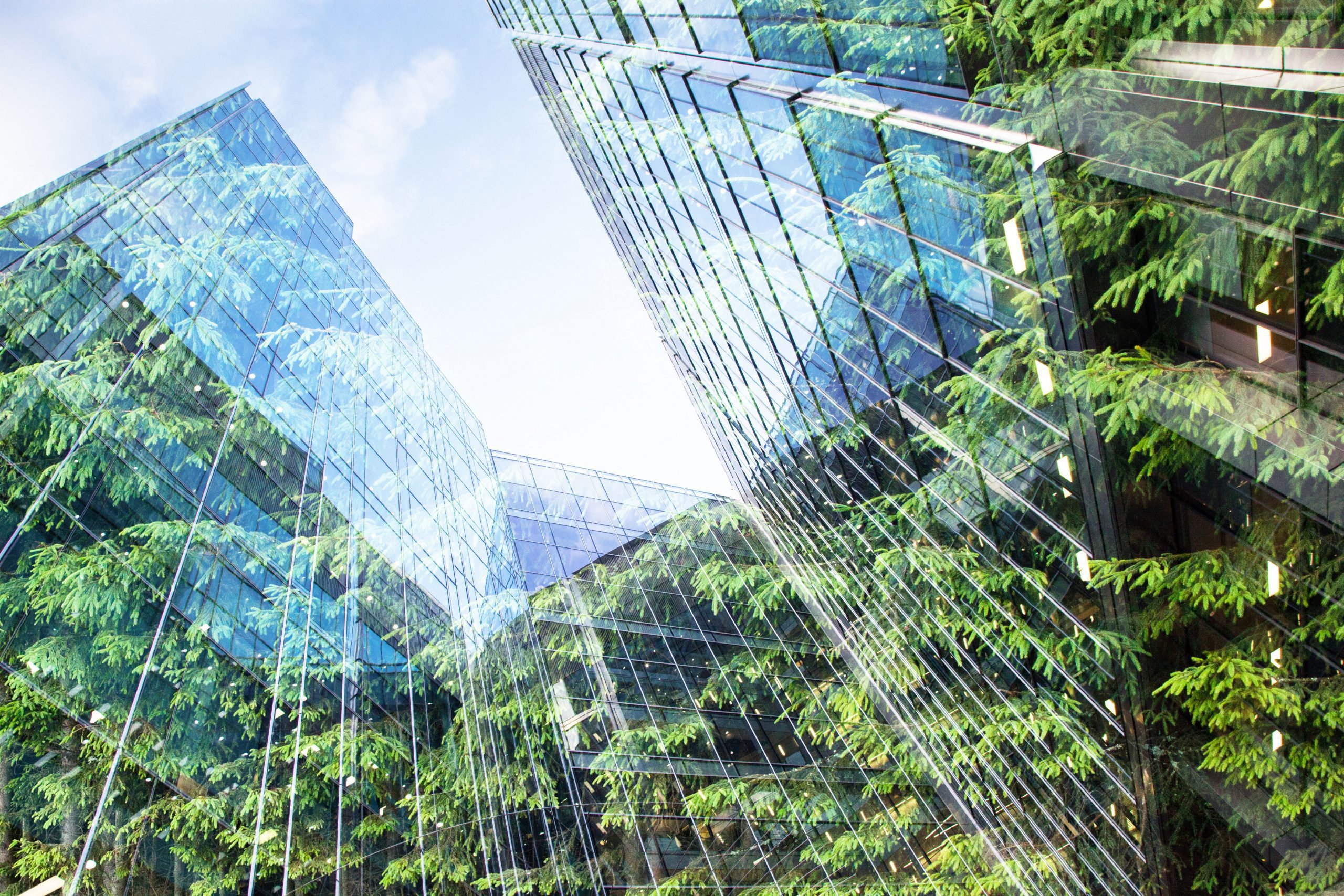Design ‘details’ can deliver big returns
Together, the building and construction sectors are responsible for over one-third of global final energy consumption and nearly 40% of total direct and indirect CO2 emissions. That’s why it’s positive to see major property sector players like Frasers Property take the lead (and responsibility) in setting strong sustainability mandates, with recent commitment to a 2050 net zero emissions target.
Importantly, Frasers Property’s recent Sustainability Report recognizes the need to engage closely with contractors to ensure that this core business purpose permeates the entire company. It is a recognition which seems obvious, but with such an expansive portfolio, it is understandably challenging for a company of this profile to keep across project detail.
The construction industry has evolved into a complex supply chain because it is neither practical nor realistic for the end user to directly engage on every project detail. The client sets out a high-level brief based on key building aspects. Generally, those key aspects will represent the strongest expected ROI – a determination which largely boils down to who their customer is and what that customer values most.
Increasingly, efficiency, sustainability and building health are a strong value proposition, particularly for financial reasons. This is why ratings systems such as Green Star, LEED and WELL are gaining momentum as strong marketing tools in the built environment.
As project details are fleshed out and entities throughout the supply chain grapple with the realities of regulation, engineering and budget, they make various trade-offs to satisfy those limitations. These trade-offs can culminate in a project which deviates significantly from the initial vision and value proposition. For example, relatively minor up-front cost savings may overshadow the selection of materials which deliver a strong ROI and, unless the client has been specific, they could be unaware of the potential value add of higher quality appliances and materials.
Businesses have limited resources and for big property players, targeted attention quite reasonably goes to the decisions which matter most. Even at the concept stage of a large building project, it is important to know which single components can have the greatest impact on the marketability of the final product.
One such component is Heating, Ventilation and Cooling (HVAC). With a global trend of heavy reliance on refrigerated air-conditioning, HVAC makes up about 40% of a commercial building’s energy consumption and building users (and the environment) take a big financial hit during peak demand, when refrigerated AC efficiency drops and power price spikes.
The proportion of global energy demand from air-conditioning from the built environment is projected to triple by 2050. The International Energy Agency has described the growing demand for air conditioning as “one of the most critical blind spots in today’s energy debate”. This energy use alone is a big contributor to greenhouse gas emissions even without adding in the cumulative GHG impact of chemical refrigerants.
HVAC technology has advanced significantly throughout the last decade. With technology like Indirect Evaporative Cooling (IEC), businesses are now able to reduce cooling energy costs by up to 80% and crucially, attribute much of this efficiency to peak (rather than just overall) demand. Indirect Evaporative Cooling is not constrained by humidity in the same way as conventional evaporative technology, which removes some climatic limitations. Unlike refrigerated systems, it doesn’t use chemical refrigerants and it delivers 100% fresh, outside air.
What this means is that a building’s HVAC system is a significant stand-alone opportunity to not only deliver on strong efficiency and sustainability mandates, but to strengthen the value proposition for customers who want an efficient and sustainable building.
Additionally, building health (particularly throughout COVID-19) is emerging as a key consideration for building buyers and occupants. The pandemic response has highlighted the critical role of HVAC systems in minimizing risk of transmission of airborne infectious diseases. The World Health Organisation, US Centre for Disease Control and Prevention and peak industry associations are recommending that communities, industries and governments take all reasonable measures to maximise outdoor air ventilation.
The property market is already responding with an increased focus on building health and businesses are developing a new perspective on how building health impacts productivity and the bottom line. Building health is likely to become a key consideration during property transactions into the future.
If efficiency, sustainability and health are important considerations for a building user, the biggest contributors to these deserve attention throughout the early design phase, rather than being constrained later on by design aspects of lesser importance. Even for those high up in the property chain, engaging with architects and engineers at the outset of a project to set strong parameters around HVAC design, is likely to pay significant dividends.
